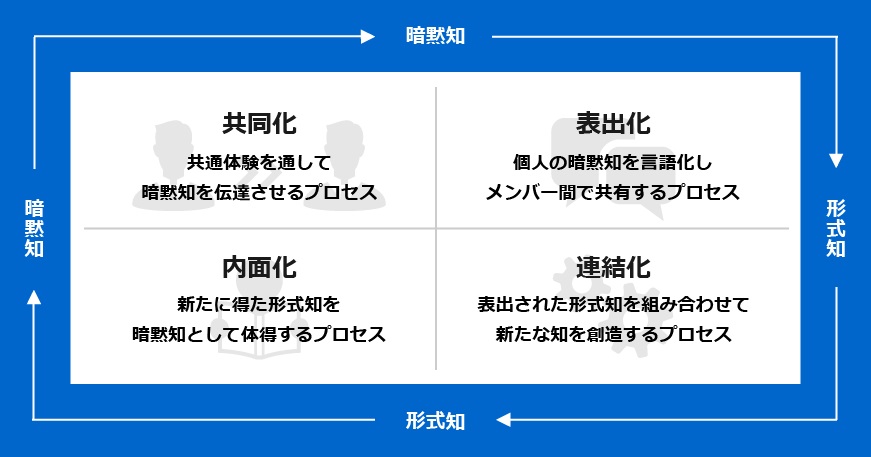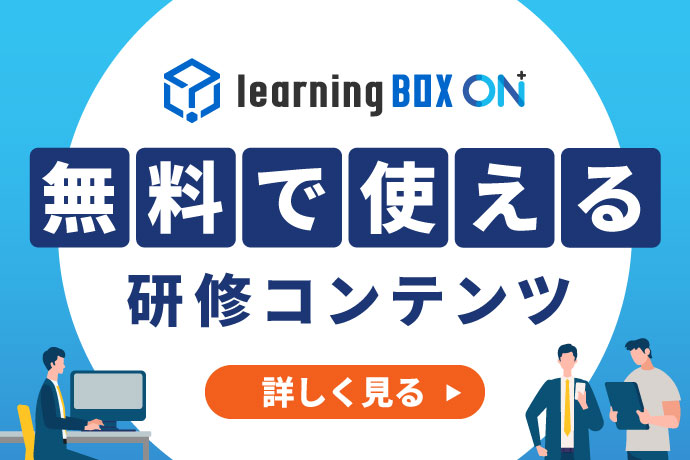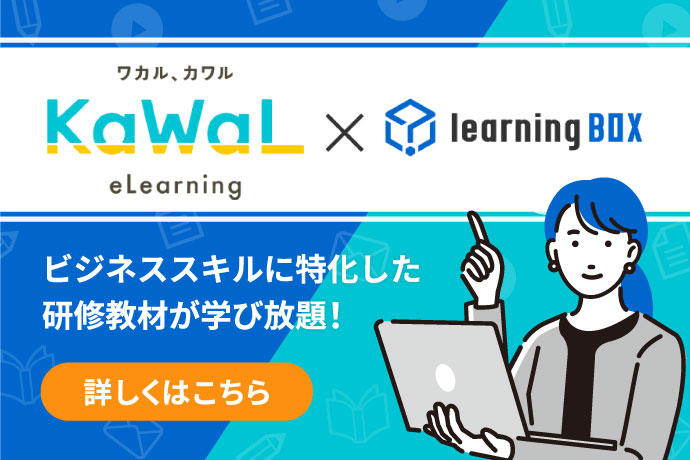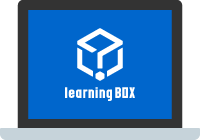What is Knowledge Management? Methods, common mistakes and suggested countermeasures

Each and every employee that makes up an organization possesses a diverse range of knowledge gained through their own work. It is believed that the consolidation and sharing of this useful information and its effective utilization by a company can enhance its organizational strength. This is why the "knowledge management" method is attracting attention.
This article will explain the basics of knowledge management and the characteristics of the method. It will also touch on common mistakes and their countermeasures, so please refer to it when introducing the system.
What is Knowledge Management?

First, we will explain basic knowledge about "knowledge management," which is attracting attention in the business scene. First, let's take a look at the meaning of the term, the basic concept, and the effects and merits of its introduction.
Meaning of Knowledge Management
Knowledge management (KM) refers to a series of processes in which knowledge, experience, and know-how possessed by individuals in a company or organization are aggregated and shared, and utilized to improve organizational capabilities.
The concept of knowledge management is based on "knowledge management" advocated by management scholar Ikujiro Nonaka. In his book, he explains the management techniques that Japanese companies should engage in in the future, while unraveling the success factors of Japan's manufacturing prowess in the 1980s.
Necessary Concepts for Knowledge Management
At the core of knowledge management is knowledge management, which converts "tacit knowledge" within an organization into "formal knowledge.
Tacit knowledge refers to knowledge, experience, skills, and know-how possessed by individuals that have not been verbalized. Tacit knowledge is anything that is difficult to share unless it is expressed in words or sentences. For example, the sales talk practiced by the company's top salespeople is one example of tacit knowledge.
Formal knowledge, on the other hand, refers to knowledge, experience, skills, and know-how that are verbalized in a way that can be understood by anyone in the company.
It is important to convert tacit knowledge of individuals into formal knowledge by expressing it in words, sentences, diagrams, etc., for effective knowledge sharing within a company.
Effectiveness and Benefits of Knowledge Management
Improved productivity through more efficient operations
Knowledge management ensures that the knowledge necessary to perform the job is shared without any leaks, and reduces the possibility of variations in quality from employee to employee.
It is also important to note that employees are more likely to resolve uncertainties on their own, making on-site work less likely to become stagnant. It will also make it easier to identify unnecessary work and improve work procedures.
Improve efficiency of human resource development
Visualization of knowledge related to business operations clarifies the knowledge and skills that should be included in employee training, leading to more efficient training.
It is also possible to learn from the working styles of veteran employees and excellent employees to raise the overall level of knowledge and skills. Another advantage is that it prevents the work from becoming a one-person operation and facilitates smooth handover of tasks.
Improved customer management
Enhanced knowledge management is expected to centralize the company's customer data and increase responsiveness.
The appeal of this system is that customer data, which was previously held by a specific employee, can be shared within the company, enabling speedy responses and improved service quality. It is also effective in enhancing cooperation between departments.
Knowledge Management Methodology

What methods can be considered when incorporating knowledge management into your company's management? Here are some typical methods of introducing knowledge management.
Utilize the SECI model

The SECI (SECI) model is a typical framework for knowledge management. It provides concrete procedures for sharing individual knowledge and experience throughout the organization to generate new discoveries and innovations.
The process in the SECI model is divided into four steps: Socialization, Externalization, Combination, and Internalization. The key to successful results is to follow this cycle in your efforts.
Implement dedicated knowledge management tools.
This is a method of introducing dedicated information sharing tools for knowledge management. These products are called "knowledge sharing tools" or "knowledge bases. Adopting an existing tool is less burdensome than building your own dedicated system.
Some dedicated tools include FAQ and SNS functionality. By creating a database of knowledge, users can smoothly carry out business processes such as asking and answering questions, modifying and updating information. This can be expected to increase work efficiency and productivity.
However, if the number of files and documents created increases and the categorization becomes more complex, it may take longer to reach the necessary information. It is important to organize information appropriately and to select tools with enhanced search functions.
Back to ContentsCommon Knowledge Management Failures and Countermeasures

While there are many successful knowledge management measures, there are also many cases of failure. In order to get the hang of success, we will provide information on common failures and their countermeasures.
Lack of employee understanding and a culture of utilization is not fostered
This is a failure to create an environment that facilitates and motivates employees to accumulate knowledge. If there is no benefit to sharing information in the first place, or if employees are too busy with their normal work to have the resources to input information into IT tools, knowledge will not be accumulated. In addition, organizational cooperation may be hampered by the desire to avoid having one's know-how known by one's rivals within the company.
To address these issues, it is effective to let people know that knowledge sharing leads to positive personnel evaluations. Deliver appreciation and praise from managers and executives to employees who proactively share their knowledge. We recommend that you also begin to create an environment where knowledge sharing opportunities are regularly scheduled and where employees can provide knowledge to each other.
Lack of clear operational rules makes data difficult to use.
It is a failure to provide sufficient explanation about the introduced knowledge sharing tool, resulting in a loss of convenience. If operational rules are not provided in advance, employees may accumulate data in an unregulated manner. This can lead to a situation where necessary information is not found or a lot of unnecessary data is registered, making it difficult to use the tool.
To prevent this from happening, it is important to clearly state your company's policy when introducing a knowledge sharing tool. Agree on how data will be registered and managed so that necessary knowledge can be easily accessed.
Problems with the usability of the tool and employees do not want to use it.
This is a failure that reduces the number of users due to the usability issues of the knowledge sharing tool.
If the tool is difficult to understand how to operate or if data registration is time-consuming, it may put a burden on employees. This can lead to a situation where business efficiency is reduced despite the introduction of the tool.
When introducing a knowledge sharing tool, test operation should be conducted using a free trial to check for operability issues. In selecting a tool, it is ideal to receive feedback from on-site personnel.
We recommend that you even check the use of the product along with downloading the product documentation.
Improving business operations through knowledge management improves organizational strength!
This article described knowledge management to enhance the organizational capabilities of a company. Valuable tacit knowledge may exist within an organization that has not yet been shared. It would be ideal if tacit knowledge could be converted into formal knowledge and useful expertise and skills could be more widely and effectively utilized.
When introducing knowledge sharing tools and creating a mechanism for knowledge sharing, we can flexibly respond to the manualization of business operations.learningBOX We recommend learningBOX, an e-learning system that provides a complete set of functions for creating and distributing teaching materials, managing grades, and managing students. We recommend that anyone can easily build a web-based learning environment.
In addition, learningBOX offers a Free Plan, which includes 10 accounts without expiry date.learningBOX ONCombined with the "Knowledge Management" service, you will be able to design original teaching materials and expand the scope of knowledge sharing even further. For knowledge management measures, we encourage you to use our convenient service for in-house production of training content creation.
earningBOX is available for up to 10 accounts free of charge. Feel free to try it out first. Free PlanPlease experience the
▼You may also like:
Back to Contents


-
Discover rich featuresService Guide
-
Feel free to contact usGet in Touch
-
Try our Free PlanTry Free Plan










